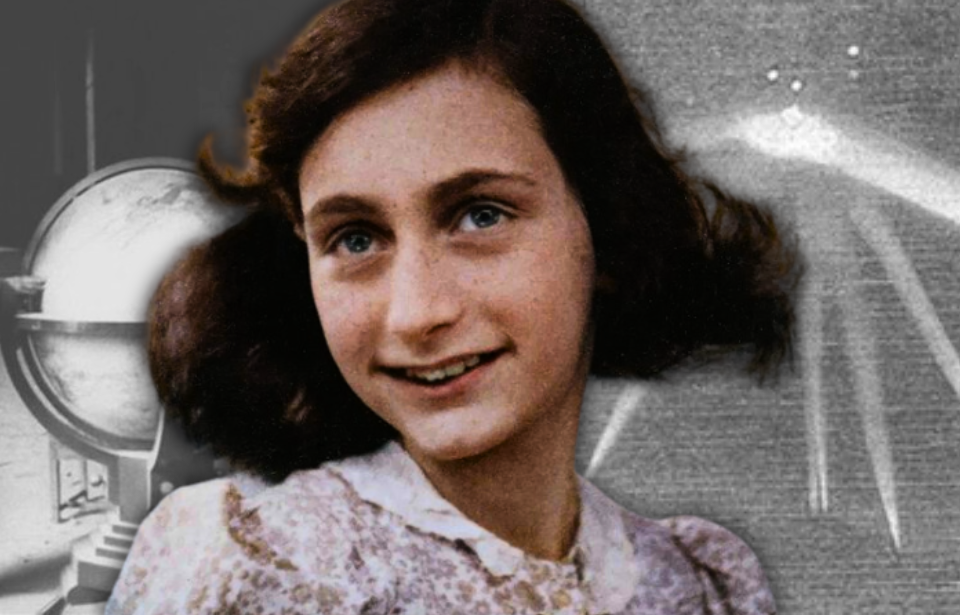Written by Jesse Beckett and Clare Fitzgerald
Human curiosity thrives on the unknown—and World War II offers no shortage of enigmas. With its vast scope of combat, covert operations, and rapid developments, countless things vanished without a trace: individuals, equipment, even entire missions whose details remain murky to this day.
Foo fighters
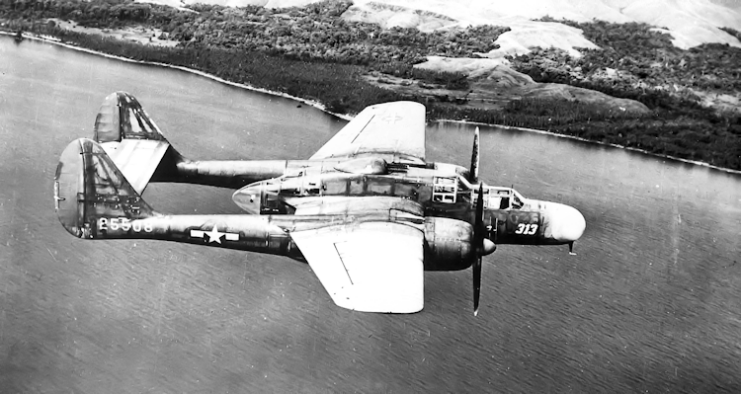
Strange things in the sky have always captured the human imagination—and World War II pilots had their share of bizarre encounters. Throughout the war, Allied airmen reported unexplained aerial phenomena: glowing orbs, fast-moving lights, and odd shapes that flew alongside their planes. These strange sightings became known as “foo fighters.”
Initially, U.S. military leadership brushed off the reports, attributing them to combat stress, fatigue, or atmospheric anomalies. But the sheer number of similar accounts from experienced pilots couldn’t be ignored for long. Concern grew that these might be advanced Axis technology, though the fact that the objects never attacked made that theory harder to support.
Despite investigations, no definitive explanation ever emerged. Whether it was a natural phenomenon, experimental tech, or something else entirely, the mystery of the foo fighters remains unresolved.
We’re not saying it was aliens… but it definitely wasn’t nothing.
Disappearance of Flight 19
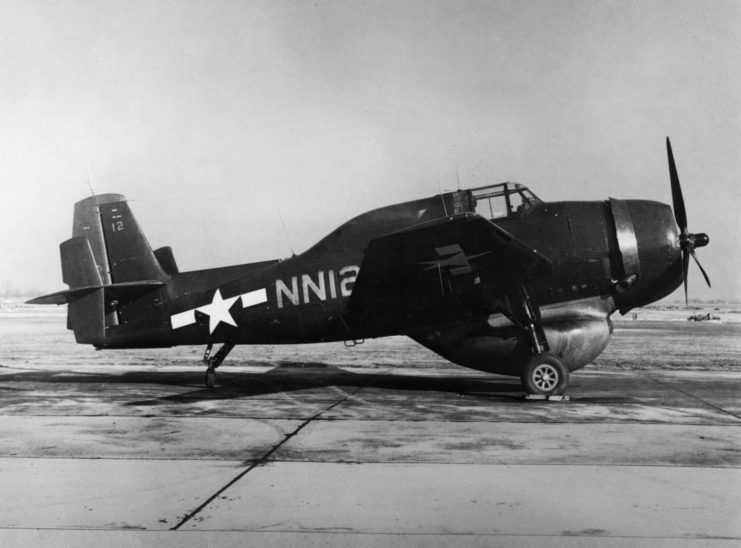
The Bermuda Triangle is often linked to strange events, making it unsurprising that one of the most bizarre unsolved mysteries occurred there just months after World War II came to a close. On December 5, 1945, the US Navy sent 14 aviators on a navigational training mission, which took them through the Bermuda Triangle, a notorious stretch of the Atlantic Ocean known for unexplained disappearances and odd occurrences.
Shortly after takeoff, all five General Motors TBM Avengers lost communication with their base. An investigation was launched to determine what happened, and while an initial conclusion was drawn, it was later retracted. To this day, the case remains unsolved, with the disappearance of the airmen still marked as “cause unknown,” as they were never recovered.
Adding to the enigma, the aircraft sent to search for the missing bombers, a Martin PBM Mariner, also disappeared, leaving the fate of its 13 crew members a mystery. Such stories make us reconsider the risks of entering that region.
Columbus Globe for State and Industry Leaders
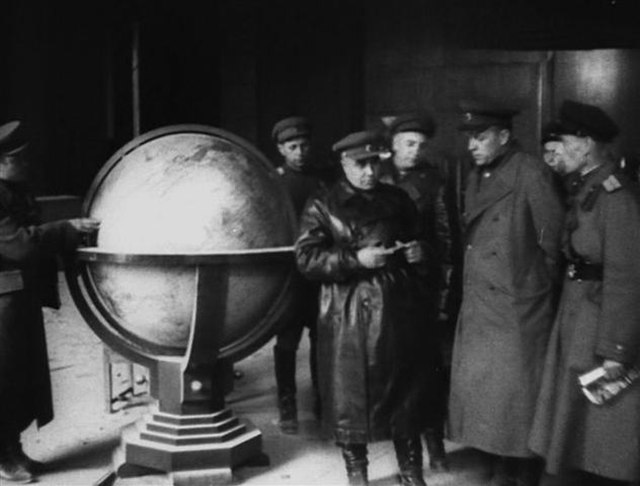
The Führer’s fascination with grandeur extended to his choice of tanks in the later years of World War II. Yet, few of his possessions spark as much intrigue as the Columbus Globe—a special model made for high-ranking officials in government and industry. Manufactured by a Berlin-based company in the 1930s, this globe became a symbol of his authoritarian ambitions.
After the war, it vanished. While similar globes from the era still exist and occasionally surface in auctions, none have been definitively traced back to him. It may have been lost in the chaos of the war’s final days or taken as a souvenir by a soldier who has kept it hidden ever since.
Battle of Los Angeles
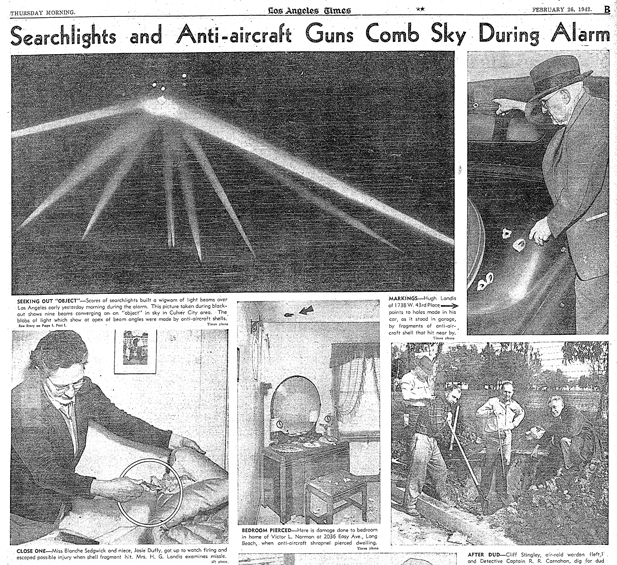
One of the most unusual incidents of the Second World War was undeniably the so-called Battle of Los Angeles. What makes it so remarkable? Simply put, it never actually took place. At that time, California was consumed by fears of a potential Japanese invasion, further stoked by rumors of their proximity to the US mainland.
The alleged “battle” occurred following the Ellwood bombardment, prompted by a warning from the Office of Naval Intelligence that predicted an imminent attack on California within the next 10 hours.
In the early hours of February 25, 1942, radar systems detected what appeared to be hostile activity 120 miles west of Los Angeles, setting off the air raid sirens. Over the next few hours, the 37th Coastal Artillery Brigade fired 1,400 shells into the sky, while residents reported sightings of Japanese aircraft, paratroopers, and even unidentified flying objects (UFOs).
In the end, the city faced no actual danger, and the US Navy credited the chaos to heightened fears. However, the incident remains wrapped in mystery, with many feeling that no explanation provided so far fully explains the events of that night.
Who turned in Anne Frank and her family?

One of the biggest mysteries from World War II is how the German Army in the Netherlands found the secret hiding place of the Frank family. Their story became world-famous after the diary of 15-year-old Anne Frank was published, and it’s now taught in schools everywhere.
The Franks were eventually captured, and only Otto Frank, Anne’s father, survived the war. Even after nearly eighty years, no one knows for sure who gave away their location. In 2022, a book called The Betrayal of Anne Frank: A Cold Case Investigation claimed to have solved the mystery, but the publisher later withdrew it after historians and researchers strongly challenged the evidence.
Gold Train
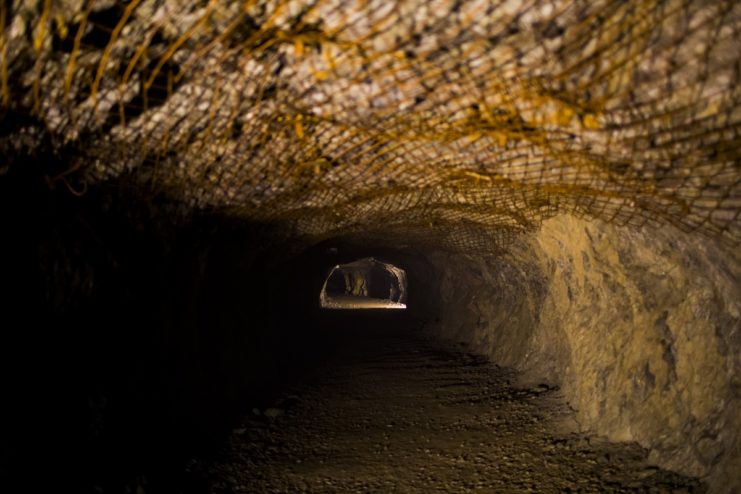
The mysterious Gold Train is one of the most famous unsolved World War II puzzles. While accounts differ, many believe the German Army loaded a train with gold, art, treasure, and other valuable items when they knew they were losing the war. The train was supposedly hidden in a sealed tunnel and has never been discovered. If it’s real, the treasure could be worth millions, not to mention the incredible history behind it.
More from us: 10 Surviving Buildings from Germany’s Era of Power
The story has turned into an urban legend, but that hasn’t stopped people from taking it seriously. After the war, the Polish military searched for the train but found nothing. No proof has been found to show it ever existed. However, a few years ago, two Polish men claimed they had heard a deathbed confession revealing the train’s location.
Once again, no Gold Train was found.
